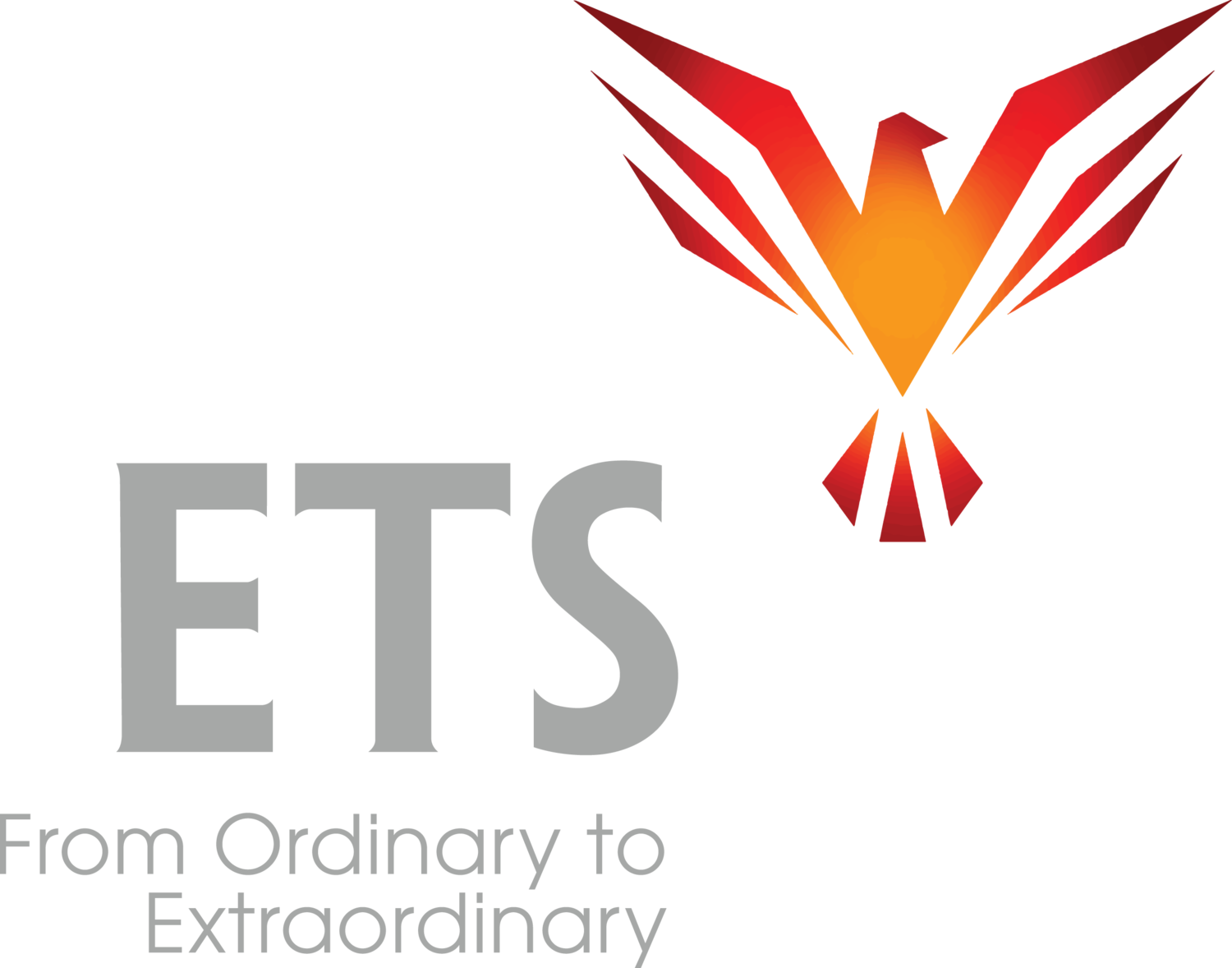Matt, an executive I’m coaching, recently gave an all-hands presentation to the employees who report to him, an audience of 750. He received 100% 5-star reviews for his talk. Amazing.
When I congratulated him, he said, “Well, it was an easy audience.”
I couldn’t stop laughing.
I asked him, “Isn’t this the same audience that about six months ago was giving you a whole lot of 3’s and a bunch of 1’s and 2’s?”
He thought about it for a moment, and said, “Oh yeah! They were doing that, weren’t they?”
It was the same audience.
What this shows is it doesn’t matter what your starting point is. Whatever it is, you don’t have to be stuck there. You can develop your skills to the point where the audience gives you 5-star reviews.
What was the big difference in Matt’s presentations?
There were many. We covered a lot of ground during the six months of regular coaching. But let me talk about one of the most important things that happened during our work together:
Matt went from talking at his audience to talking to them.
You wouldn’t think that a couple of simple two-letter words would have such a profound impact, but they make all the difference when it comes to the foundation of your presentation ability.
At means in the direction of.
To means so as to arrive.
You don’t go at New York. You go to New York. It’s a destination, a point you reach. You ARRIVE.
You don’t look to a wall. You look at a wall. In the direction of. You don’t arrive there.
Big difference.
Most people are talking at their audiences. Their audience is a wall. They’re just talking in their direction.
These presenters don’t have their ideas or messages actually arrive. And they suffer the consequences.
What you’re doing in a presentation is getting an idea from your mind over to the minds of your audience. If you just project it in their direction, it will not arrive.
It takes deliberate awareness, intention and skill on your part to get it to arrive.
Matt’s message didn’t change. Matt’s audience didn’t change.
Matt started talking TO them. This woke them up and they got it. Matt’s ratings completely changed.
Developing this skill to the level that Matt did takes focused work best done in a coaching-type environment where you’re getting real feedback.
The good news is that you can take the first few steps on this journey all by yourself, starting right now.
Here’s how:
This week, notice when you’re talking at, and switch gears and talk to them. Get your idea to arrive.
See how this simple change makes you focus your attention and intention. See the extra power that it gives you.
Be the cause!

